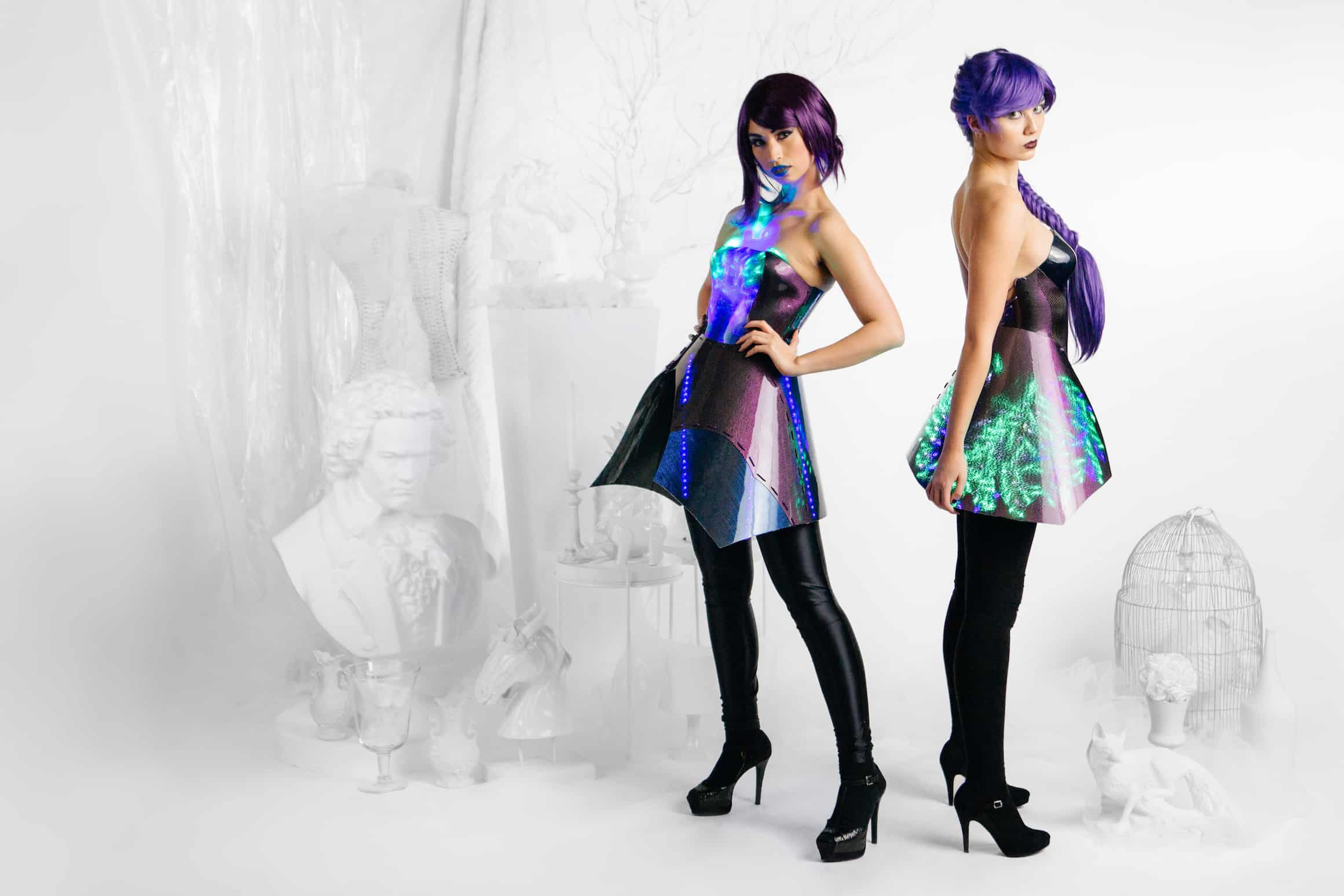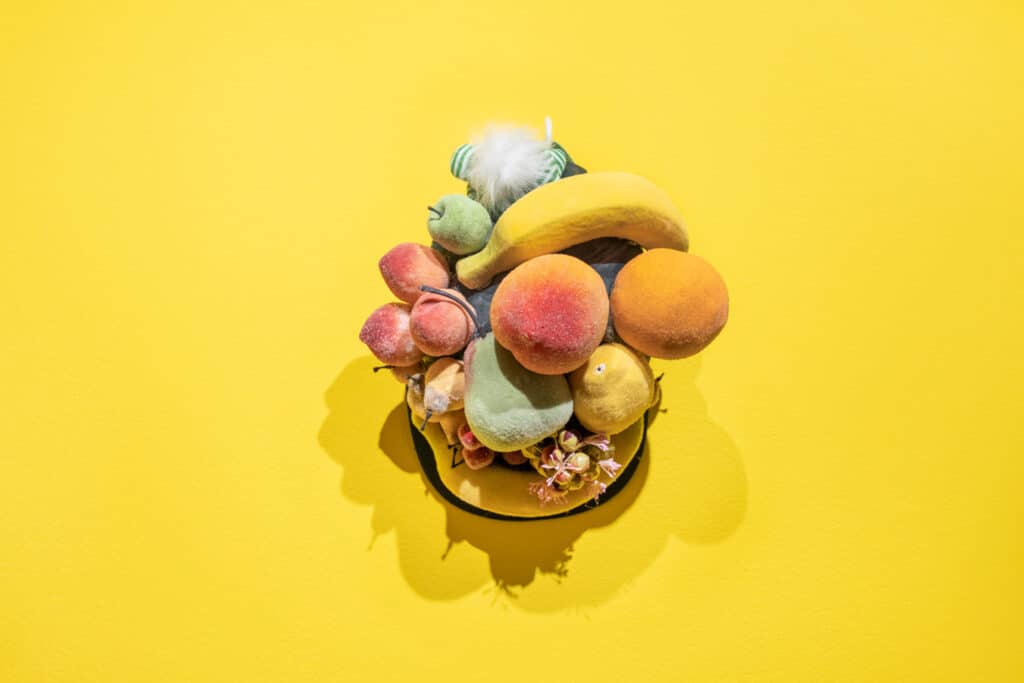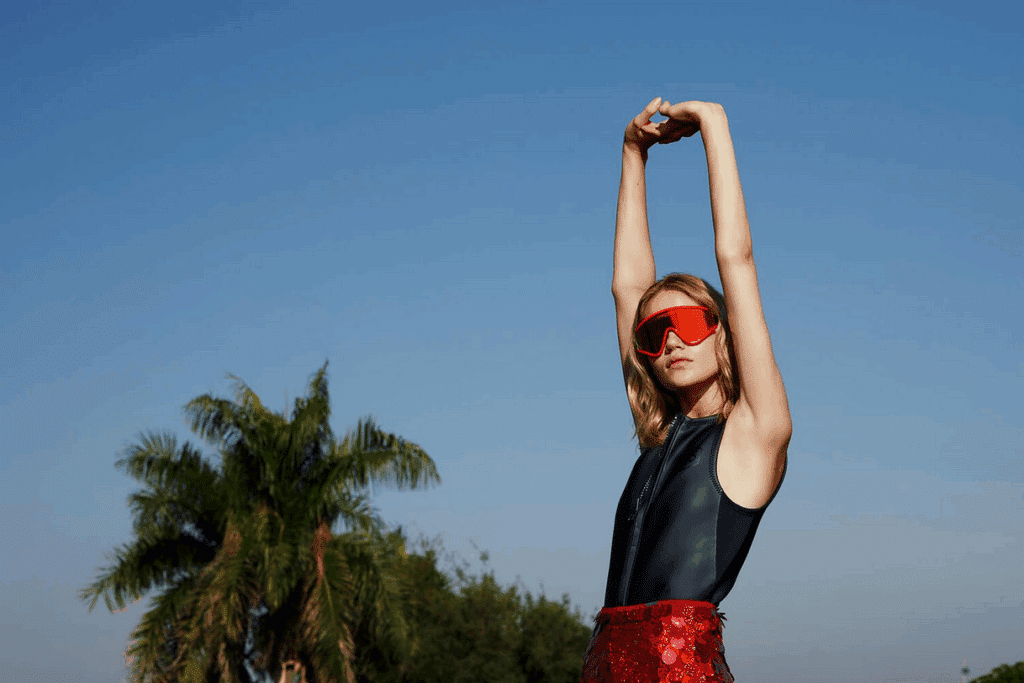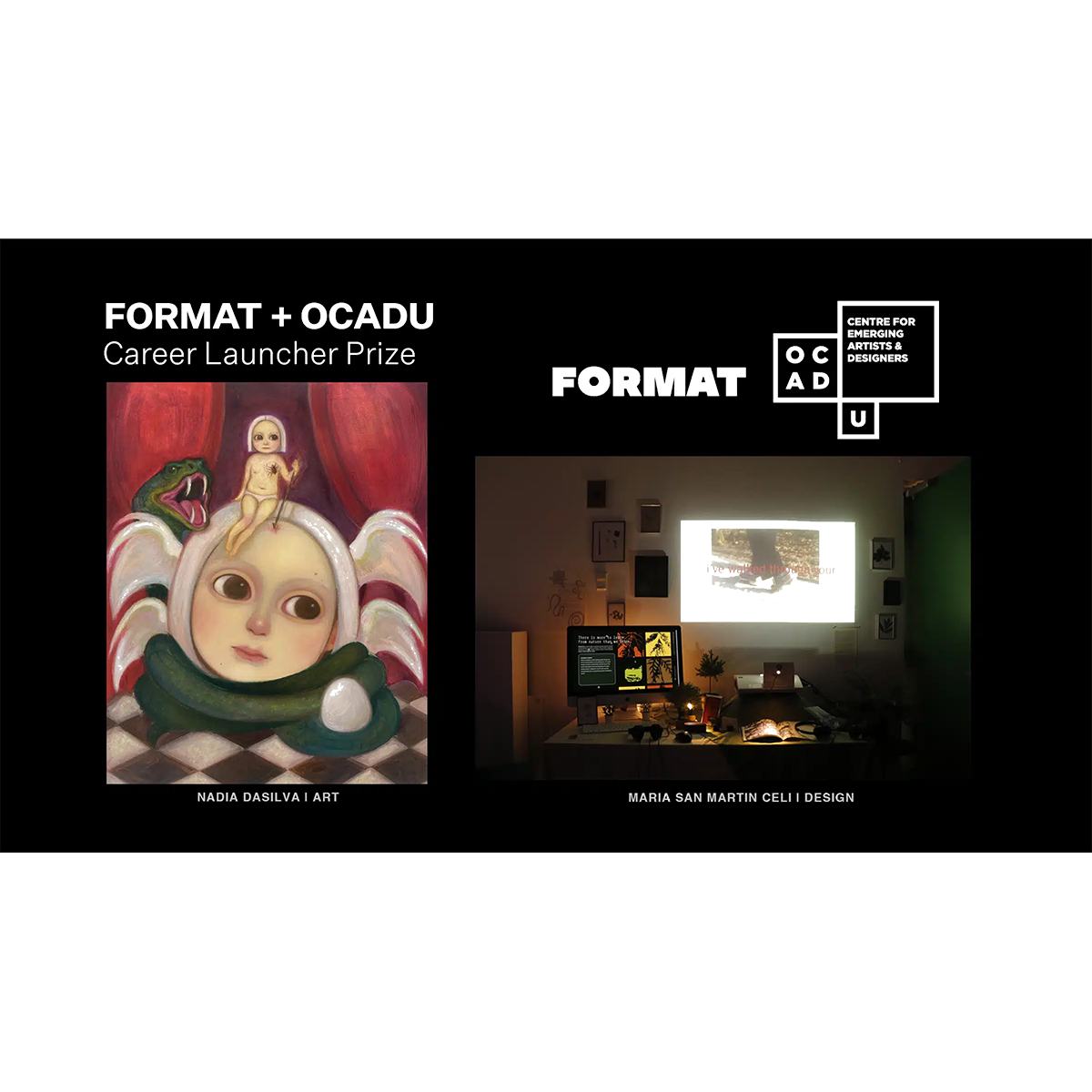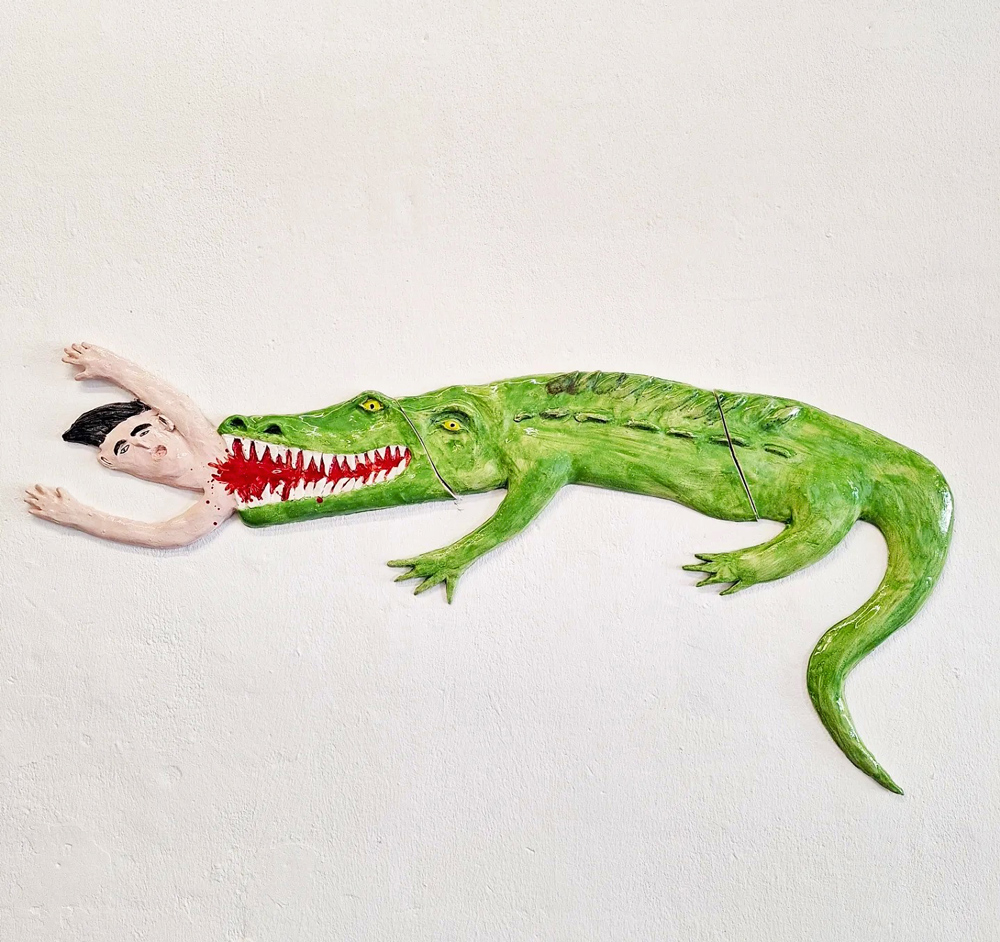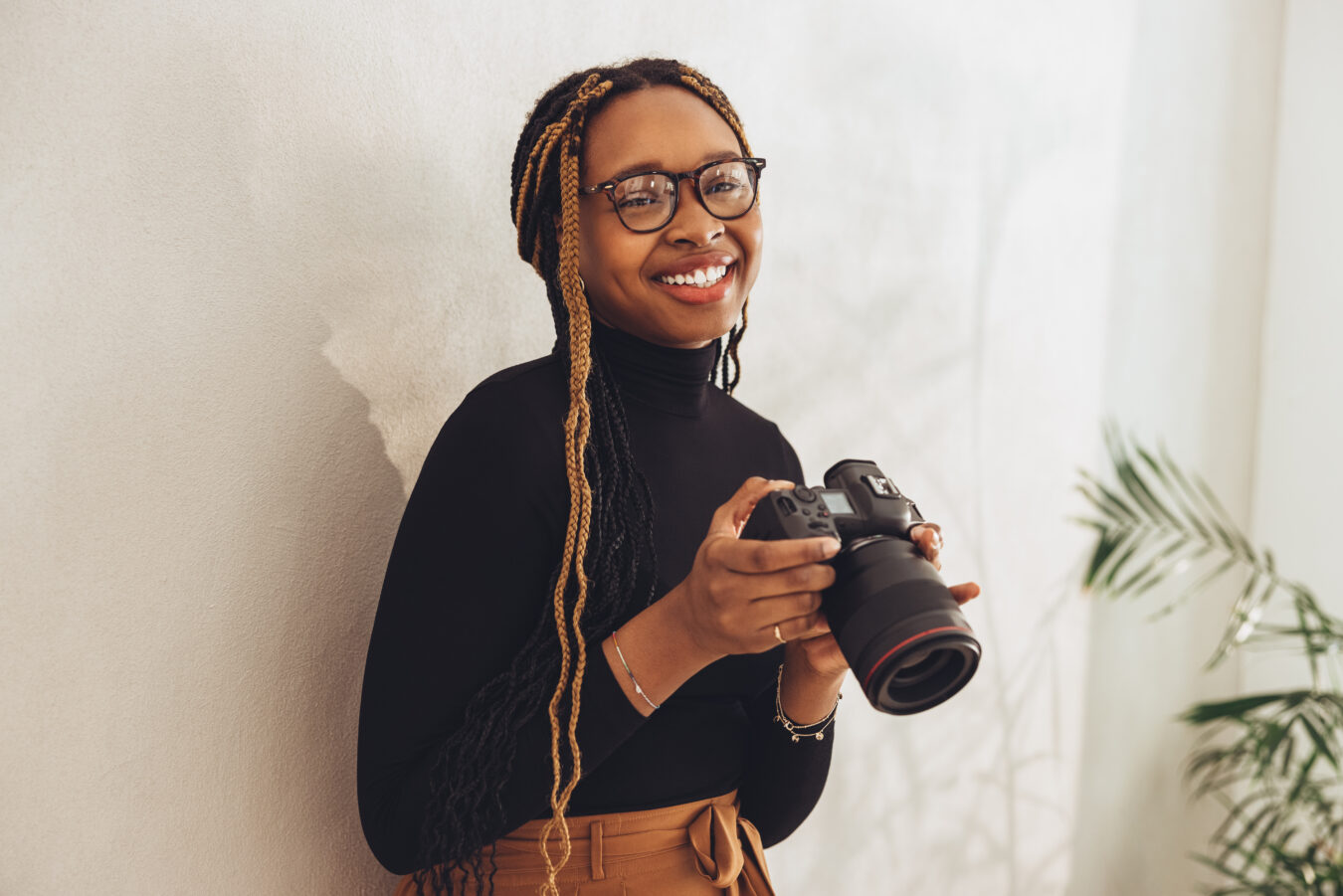La tecnología lleva siglos innovando el proceso artístico. En la década de 1840, la invención de tubos de pintura portátiles sustituyó a los métodos tradicionales de almacenamiento de pintura -a saber, una vejiga de cerdo sellada con cordel-, revolucionando de hecho la labor del pintor. Y en la década de 1900 serigrafía (más conocida como serigrafía). Más tarde fue adoptada por artistas plásticos, como Andy Warhol, Robert Rauschenberg y Peter Blake, en las décadas de 1950 y 1960.
Más recientemente, la conexión a Internet gadgets portátiles ha evolucionado mucho más allá de las FuelBands y los FitBits, y los wearables experimentales han conseguido incluso trascender el nicho de mercado de Silicon Valley. Hoy en día, las innovaciones en tecnología para llevar puesta plantean nuevas y mejores formas de que los artistas de todo el mundo interactúen con su trabajo creativo.
Aquí tienes diez wearables innovadores que llevarán tu expresión creativa al siguiente nivel.
Cepillo basculante
Cepillo basculante es una aplicación de realidad virtual desarrollada originalmente por Skillman & Hackett y disponible a través de Google VR. Junto con un casco de RV, Tilt Brush reinstaura el medio de la pintura al permitir a los usuarios crear arte inmersivo en 3D, utilizando su espacio físico como lienzo. Esta fascinante herramienta, dirigida a pintores, diseñadores gráficos y otros artistas visuales, se lanzó por primera vez en 2016, pero desde entonces se ha actualizado para satisfacer la creciente demanda. Este escribe a publicado en el Blog de Google describe las características nuevas y mejoradas del Pincel inclinable, citando la adición de 12 pinceles nuevos, distintos modos de dificultad, efectos de sonido, una práctica Herramienta de anclaje y una edición de bocetos mejorada como actualizaciones que mejorarán la experiencia del Pincel inclinable.
Steadify
Steadify, actualmente disponible para su compra a través de Kickstarteres el primer estabilizador portátil del mundo para cámaras, prismáticos y visores. El producto fue lanzado por primera vez en julio por el dúo alemán de padre e hijo Gert y Tobias Wagner. Dirigido a fotógrafos trotamundos, Steadify plantea una alternativa ligera al trípode tradicional sin sacrificar la funcionalidad. El dispositivo pesa poco más de medio kilo, se puede atar a la cintura del usuario, e incluye un minimonodo de aluminio y una horquilla de montaje universal recubierta de goma, que sirve como superficie estable y de fácil agarre para apoyar la cámara. Cuando se necesita el estabilizador, se puede extender con una sola mano; cuando no, el producto se mantiene retraído gracias a un imán estratégicamente situado.
PIC
PIC ha sido bautizada como la primera cámara flexible del mundo para un estilo de vida, con una batería de larga duración (la PIC admite 70 minutos de disparo continuo), 16 GB de memoria, resolución Full HD de 1080p, un objetivo gran angular de 135 grados y un diseño resistente al agua. Un rasgo definitorio de la cámara flexible PIC es que puede acoplarse a cualquier lugar, desde tu vehículo a tu mascota, pasando por tu mochila y tu cuerpo. Los fotógrafos pueden utilizar la PIC para descubrir nuevos ángulos y perspectivas, o utilizar su función de lapso de tiempo para grabar B-roll, todo ello con sólo pulsar un botón.
Conductor desnudo
Conductor desnudo es una startup y marca de electrónica con sede en Londres, más conocida por sus productos de electrónica impresa, sus kits de desarrollo fáciles de usar y su pintura conductora de electricidad. Su pintura eléctrica puede utilizarse en lugar del cableado tradicional y no es tóxica, no contiene disolventes y es soluble en agua. La pintura puede adherirse a prácticamente cualquier material, como madera, papel, vidrio y tela, lo que permite convertir cualquier superficie en un circuito funcional. El sitio web de Bare Conducive también ofrece consejos y sugerencias dirigidos a los aficionados al bricolaje sobre temas como: cómo utilizar sensores impresos, cómo cubrir la pintura eléctrica con otro colory cómo incorporar la pintura eléctrica a los gráficos.
Orphe Calzado inteligente
Orphe Calzado inteligente fue creado por la empresa japonesa de hardware ningún nuevo estudio folk Inc.y funciona como sistema de iluminación personalizable y como instrumento musical y controlador audiovisual. Las suelas repletas de hardware del sistema de calzado inteligente Orphe transforman eficazmente el movimiento físico en arte, empleando sensores de movimiento avanzados, unos 100 LED a todo color y un módulo inalámbrico para crear imágenes y sonidos vívidos. Una vez que el usuario ha registrado sus movimientos, el color de la luz, el diseño y el movimiento pueden editarse mediante una aplicación de smartphone compatible.
ChroMorphous
ChroMorphousdesarrollado por investigadores de la Universidad de Florida Central, es el primer eTextil de su clase que puede modificarse visualmente mediante una aplicación de smartphone. Funciona así Las fibras ChroMorphous contienen pequeños microhilos conductores que canalizan la corriente eléctrica. Cuando la corriente pasa a través de los microalambres, se activan las capacidades de cambio de color y dibujo. El resultado es un revolucionario eTextil que puede transformarse en cualquier momento y lugar, superando las capacidades de otros textiles que cambian de color, que necesitan la luz del sol o el calor corporal para activarse.
Neurocultura
Neurocultura Nayana Malhotra presentó por primera vez su wearable de alta tecnología y alta moda en VFilesen la Semana de la Moda de Nueva York de 2016. Su tecnología combina mapas de proyección, dispositivos EEG de lectura de ondas cerebrales y GIF para conceptualizar el estado mental del usuario y plasmarlo en parkas similares a capas. Por ejemplo, si el usuario se muestra enfadado, la capa Neurocouture podría representar algo como estey si el portador experimenta sentimientos de amor, la capa podría presentar algo así como este en su lugar. Aunque el complejo funcionamiento interno de la Neurocouture dista mucho de la moda callejera, este tipo de tecnología puede aumentar los medios tradicionales de expresión creativa de que disponen los diseñadores de moda.
AudRey
Mientras que la Neurocouture pretende reflejar la mente del usuario, AudRey es una prenda que intenta materializar el aura digital del usuario. Como tal, la prenda inteligente -construida utilizando cierres impresos en 3D y vinilo transferido por calor sobre neopreno- se conecta a la cuenta de Instagram del usuario y emplea colores, comentarios y "me gusta" de la cuenta respectiva para generar una textura virtual distintiva, destinada a representar la presencia digital del usuario. La textura virtual se puede ver a través de la aplicación AR de Wearable Media.
StitchKit
En 2012, un trío de calgarianos lanzó HazModauna comunidad dedicada a explorar la intersección entre la moda y la tecnología ponible. Desde su creación, la comunidad MakeFashion ha contribuido al desarrollo de más de 250 prendas de tecnología ponible y se ha presentado en más de 60 eventos internacionales. El año pasado, MakeFashion lanzó un proyecto llamado StitchKit en Kickstarter, acuñándolo como "El kit de tecnología de la moda para todos". StitchKit contiene todos los componentes necesarios para transformar una prenda normal en tecnología ponible, incluida una placa personalizada basada en Arduino, que es lo bastante ligera y compacta como para resistirlo todo, desde un paseo enérgico por la pasarela hasta el uso diario.
Armadura Urbana
Kathleen McDermott es una artista de los nuevos medios afincada en Brooklyn que trabaja con electrónica vestible personalizada y de bricolaje. También es la creadora de Amor urbano: una colección de lúdicos dispositivos electrónicos vestibles diseñados para investigar la relación entre la tecnología y los cuerpos en los espacios públicos. Además de crear prendas inesperadas dotadas de fines singularmente prácticos e intuitivos, (ver: El Vestido Espacio Personal y El Vestido de Escape Social), Kathleen pretende fomentar una comunidad colaborativa a través del blog Urban Amour. Como tal, anima a los visitantes a reproducir tutoriales en su Biblioteca de proyectosCrea tus propias versiones utilizando sus tutoriales como guía y comparte tus propios tutoriales.
Imagen cortesía de StitchKit
Zakiya Kassam es escritora, editora y creativa polifacética. Actualmente informa sobre decoración, diseño y tecnología para la revista Canadian Home Trends, y sus escritos han aparecido también en The Globe and Mail, Toronto Star y Ryerson Review of Journalism. Puedes encontrarla en Twitter: @zakkassam.
